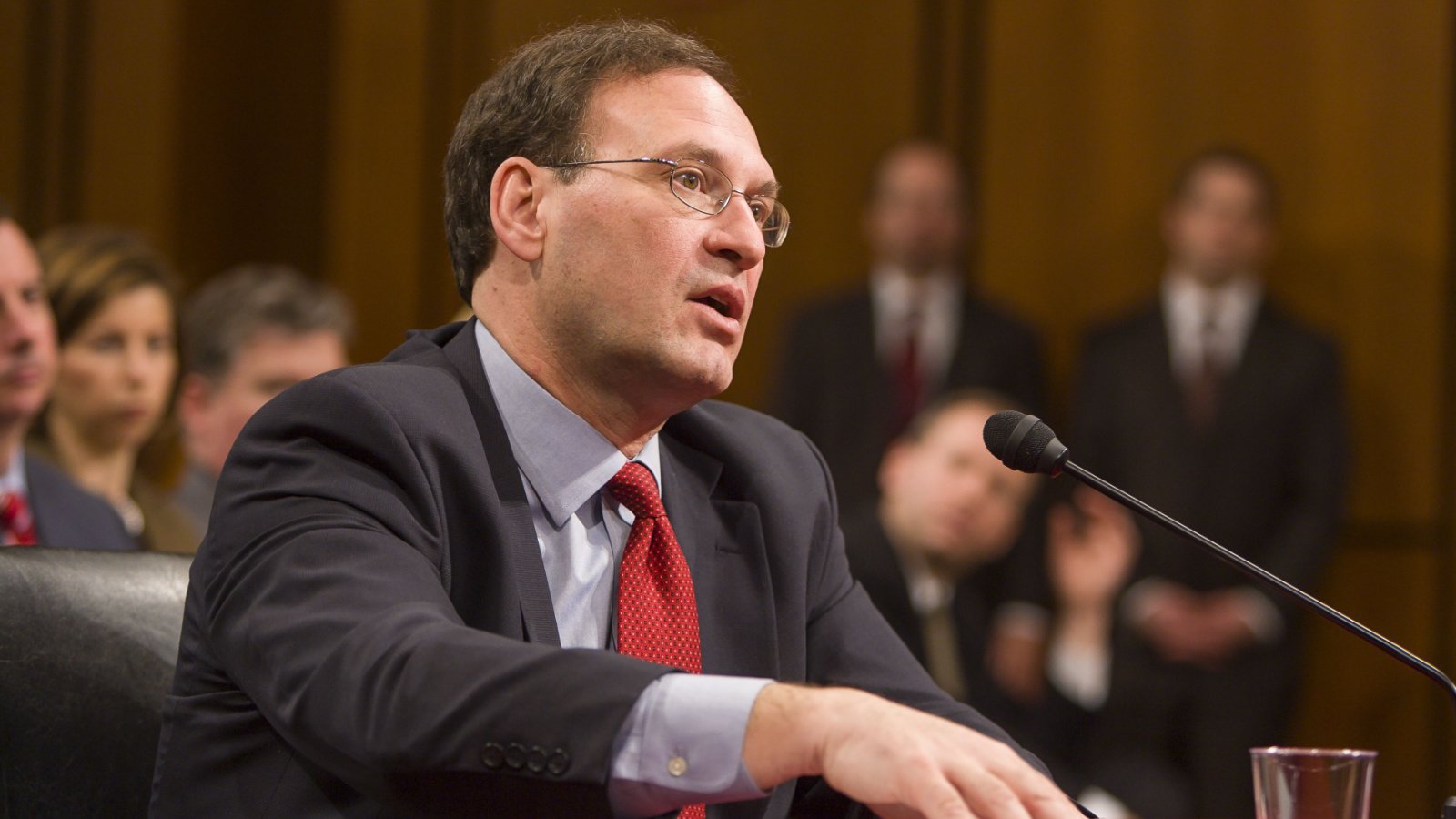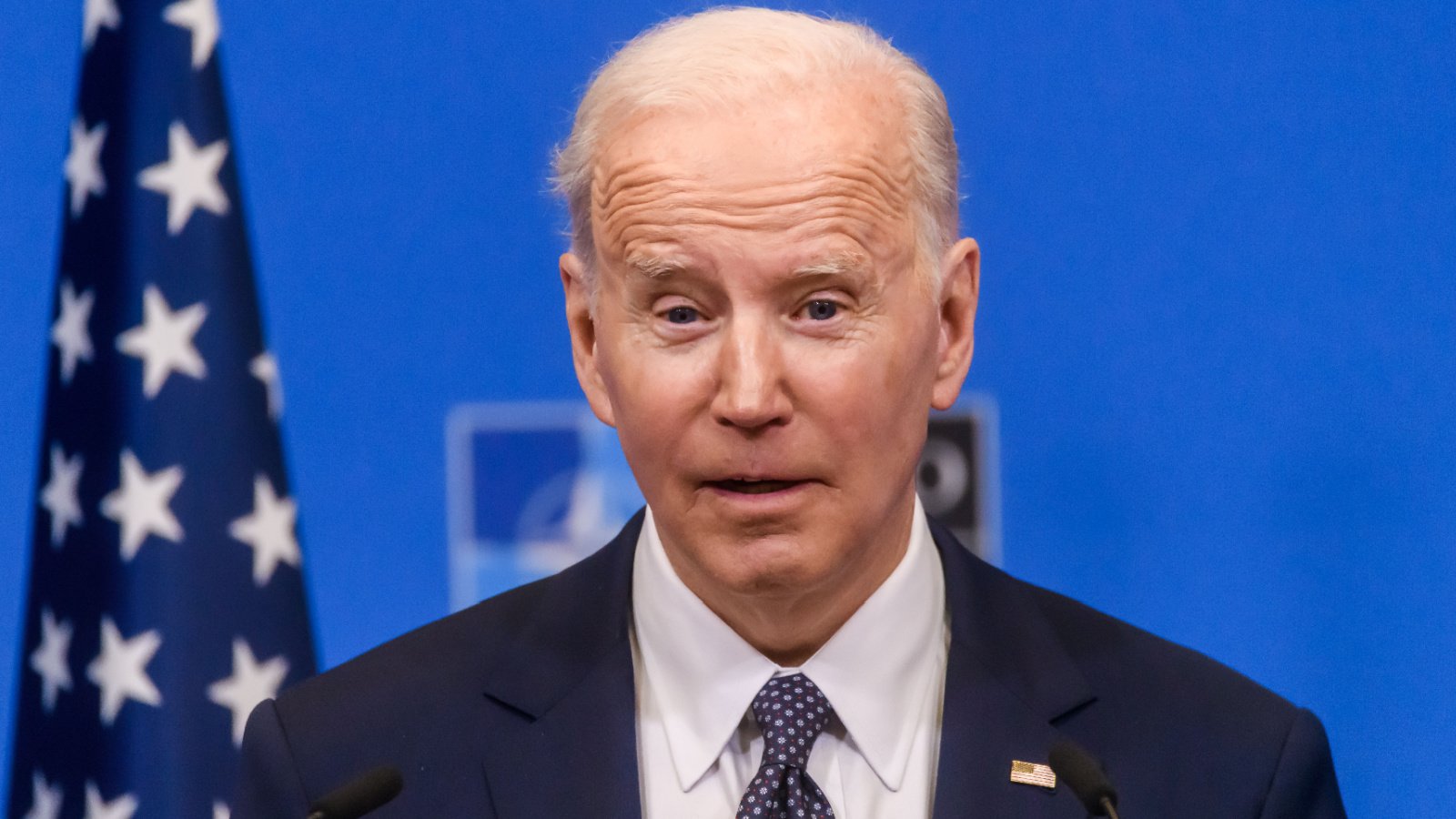Ohio is experiencing a significant political transformation with increased support for progressive policies on abortion rights and marijuana legalization. This shift is challenging the state’s long-standing Republican dominance and altering the strategic landscape for both political parties.
Ohio’s Political Pendulum

For decades, Ohio stood as a battleground state, capturing the nation’s attention every four years with its undecided electorate. But then, Donald Trump entered the scene.
A Shift to the Right

Since 2016, Ohio’s political landscape has transformed, tilting reliably Republican as Trump’s unapologetic approach resonated with many. His 2020 victory in Ohio marked a departure from its historical bellwether role, a title untouched since the Nixon-Kennedy race in 1960.
A New Direction

Following a landmark Supreme Court decision on abortion, Ohio signaled potential changes in its political currents. Last year, Ohioans overwhelmingly supported an amendment for abortion rights, challenging previous trends by pushing back against a Republican-led initiative.
A Glimmer of Hope

The recent political victories in Ohio have ignited Democratic optimism, especially with a crucial U.S. Senate seat at stake. Despite caution, there’s a budding belief that Ohio’s political winds may be shifting leftward, albeit gradually.
An Uphill Battle

The focus now turns to Senator Sherrod Brown’s re-election, a critical concern for Democrats facing a tough electoral landscape. With no opposition in the primary, the real challenge looms in November, against the backdrop of national elections.
The Uncertain Electorate

Delaware County’s Janelle Tucker reflects the uncertainty many Ohioans feel about the upcoming elections. While proud to support Brown, she acknowledges the unpredictable nature of Ohio’s political climate, highlighting a disconnect between voter preferences and legislative actions.
A Community Transformed

Janelle Tucker voices a common sentiment post-Trump era: a sense of alienation from her own community. In a state where Republicans dominate, Senator Sherrod Brown’s Democratic victory stands out as an exception.
Republican Dominance

Ohio’s political landscape is firmly in Republican hands, controlling virtually every statewide office and enjoying significant legislative majorities. This backdrop challenges the notion of Ohio shifting back to a purple state.
The Debate Over Ohio’s Color

Republican strategist Mark Weaver insists Ohio remains a steadfast red state, attributing any recent Democratic success to specific circumstances rather than a broader political shift. He believes the financial muscle behind abortion rights in 2023 is not a reliable indicator of future outcomes.
The 2022 Senate Race: A Case Study

Tim Ryan’s unsuccessful Senate bid, despite a strong campaign and Trump’s endorsement of JD Vance, underscores the uphill battle for Democrats in Ohio. However, Sherrod Brown’s situation differs, with significant national Democratic support bolstering his campaign.
Abortion as a Campaign Keystone

Professor David Niven suggests that Brown’s focus on abortion rights could be pivotal in his re-election effort. Brown has already begun delineating his pro-choice stance against his opponents, who have various positions on abortion but generally support more restrictions.
The Ohio Supreme Court and Abortion Rights

Abortion rights not only play a central role in Brown’s campaign but are also critical in three Ohio Supreme Court races. The outcome of these contests could significantly impact the state’s abortion laws, highlighting the ongoing legal battles over reproductive rights.
The Issue-Centric Path to Victory

David Niven suggests a simple formula for Democratic success: focus elections on specific issues. Evidence supporting this strategy has emerged from Ohio’s suburban battlegrounds, indicating a shift that could favor Democrats if they capitalize on issue-based campaigns.
Suburban Shifts and Abortion Rights

The political tides in Ohio’s suburbs, especially in counties lost by Brown in 2018 but won by abortion rights in 2023, hint at a changing electorate. These areas, once Trump strongholds, showcased significant support for abortion rights, suggesting a potential pivot point for future elections.
Voices from the Suburbs

Ken Wentworth, a self-described moderate Republican from Delaware County, embodies the conflicted Ohio voter. His mixed feelings on recent ballot issues and dissatisfaction with presidential choices highlight the diverse political landscape in Ohio’s suburbs.
A Shift Towards the Left?

Independent voter Michelle Neeld and Professor Christopher McKnight Nichols observe a discernible lean towards more progressive stances among Ohioans. This shift, underscored by the success of recent ballot initiatives, challenges the stronghold of conservative issues among Republican voters.
GOP’s Moment of Reflection

Ohio’s GOP leadership acknowledges the importance of not dismissing the 2023 election results. Alex Triantafilou, the state party chair, warns against overconfidence and stresses the necessity for the Republican Party to adapt and work hard in the face of evolving voter sentiments.







